Support material testing and equipment testing
Focus on R & D and manufacturer of plasma cleaning machine for 20 years

Photocatalytic material composed of plasma noble metal nanoparticles and semiconductor materials:
Polymer-semiconductor graphite-phase carbon nitride (g-C3N4), as a metal-free visible light catalyst, has received extensive attention in solar energy conversion and environmental governance due to its unique structure and performance. However, a single g-C3N4 still has problems such as small specific surface area and high electron-hole recombination rate. Therefore, the concept of a new type of plasma photocatalytic material was proposed. The surface of g-C3N4 was modified by the plasma effect of the metal surface to improve the photocatalytic performance. .
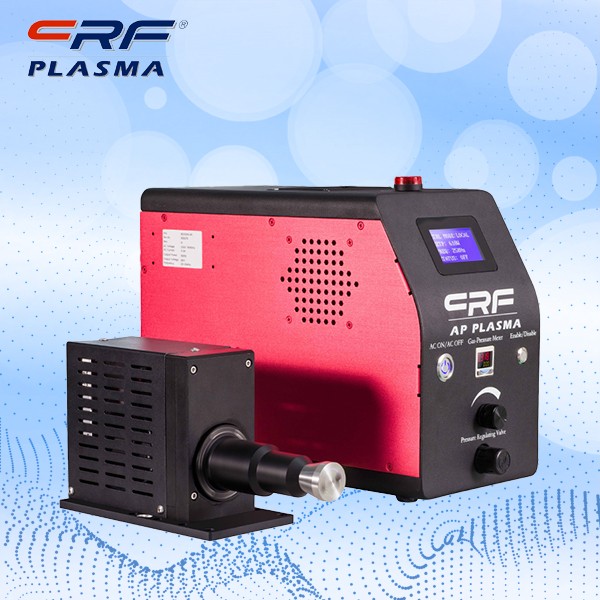
Graphite carbon nitride (g-C3N4) is composed of only C.N elements. The raw materials are cheap and the preparation method is simple. It has suitable energy band positions, good optical properties, excellent thermal stability and chemical stability. However, when light irradiates the carbon nitride surface to generate electrons and holes, due to the high recombination rate, the photogenerated electrons recombine before reaching the semiconductor-electrolyte interface, which will greatly affect the efficiency of photocatalysis.
Scientists try to use metallic or non-metallic doping to optimize the performance of g-C3N4. Introduce new elements into the g-C3N4 framework, thereby changing the electronic structure of the material, and adjusting the optical and other physical properties of g-C3N4.
Plasma photocatalytic material, that is, a photocatalytic material based on a composite of metal nanoparticles with a surface plasmon resonance effect of noble metal nanoparticles and a semiconductor material, when noble metal nanoparticles (mainly Au and Ag, with a size of tens to hundreds of Nano) dispersed in the semiconductor photocatalyst to expand the visible light absorption range, while enhancing the light absorption capacity.
It is generally believed that compared with common semiconductor photocatalysis, plasma photocatalysis has two effects: Schottky barrier and local surface plasmon resonance (LSPR). The former is mainly conducive to charge separation and transfer, while the latter is conducive to the absorption of visible light and the excitation of active charge carriers.
When the precious metal comes into contact with the semiconductor, a Schottky barrier is formed, which is the result of the contact between the precious metal nanoparticles and the semiconductor photocatalyst, and is considered an inherent feature of plasma photocatalysis. An internal electric field is formed between the metal and semiconductor interface, and the electrons and holes generated inside or near the Schottky barrier will move in different directions under the action of the electric field.
In addition, the metal part provides a channel for charge transfer, and its surface acts as a charge trapping photoreaction center, which can enhance visible light absorption. Schottky junctions and fast charge transfer channels can effectively inhibit electron-hole recombination. Compared with the Schottky effect, the enhanced photocatalytic effect of local surface plasmon resonance is more obvious.
When incident light is irradiated on metal nanoparticles, the oscillating electric field causes the conduction electrons to oscillate together, and the free oscillating electrons on the metal surface interact with photons to generate electron density waves that propagate along the metal surface, which is an electromagnetic surface wave. Namely surface plasma. When the frequency of the photon emitted by a person is the same as the frequency of the plasma oscillation in the metal, resonance will occur, which will have a strong absorption effect on the incident light, and a local surface contour resonance will occur.
Localized surface plasmon resonance can excite more electrons and holes, heat the surrounding environment to increase the redox reaction rate and charge transfer, and polarize non-polar molecules for better adsorption.

CRF-VPO-4L-S
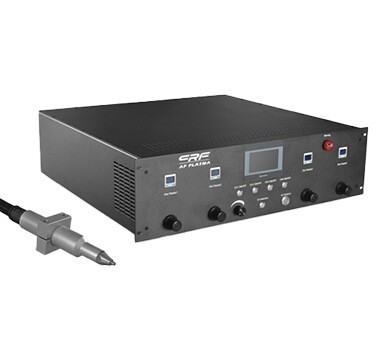
CRF -APO-IP-XXHD-DXX
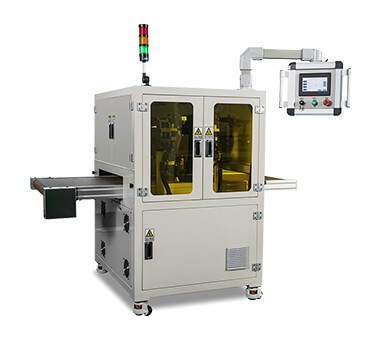
CRF-APO-500W-C
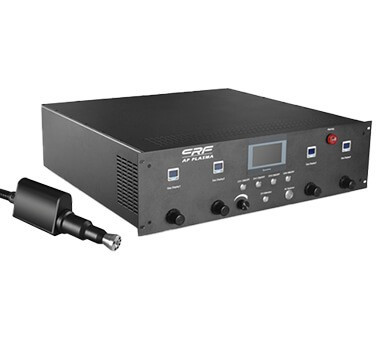
CRF-APO-IP-XXHD-RXX
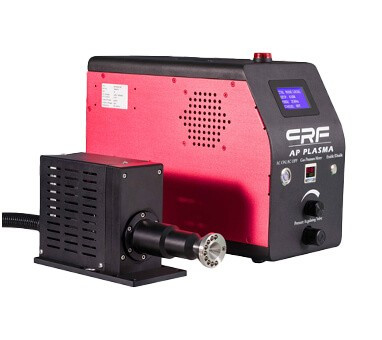
CRF-APO-RP1020-D
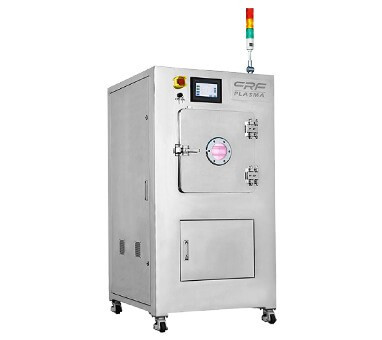
CRF-VPO-8L-M
Plasma surface treatment Plasma activation cleaning application and effect detection
more >Socket mobile phone panel plasma cleaning machine surface activation cleaning treatment
more >New O2CF4 plasma treatment technology for cleaning the drilling stains of rigid-flex printed circuit boards
more >Photocatalytic material composed of plasma noble metal nanoparticles and semiconductor materials
more >Semiconductor pcb plasma cleaning equipment can be used for various appearance PCB circuit board application processing
more >Design and research of high frequency and high voltage plasma generator
more >